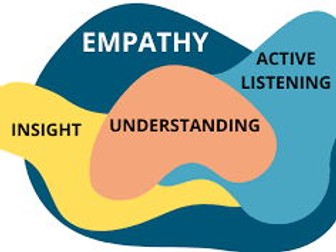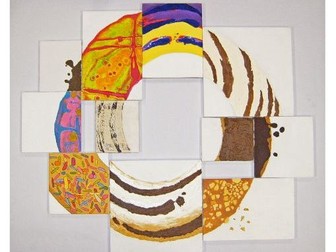Goal Setting: SMART targets
<p>Creating goals and breaking them into smaller achievable steps can promote organisation and a higher sense of well being.<br />
By the end of the lesson/s (depending on time allocation), students will:<br />
**Know **<br />
• the steps involved creating effective goals<br />
• the steps involved in making SMART targets<br />
• how goals are important for organisation<br />
• the benefis of having goals<br />
<strong>Do</strong><br />
• reflect about areas that students want to improve<br />
• create SMART goals<br />
• post goals in a visual form<br />
<strong>Understand</strong><br />
• that having goals can improve your own well-being</p>
<p>Contained in the presentation are 4 activities (PDF and Word format for editing) that can be used in the way of handouts.</p>













